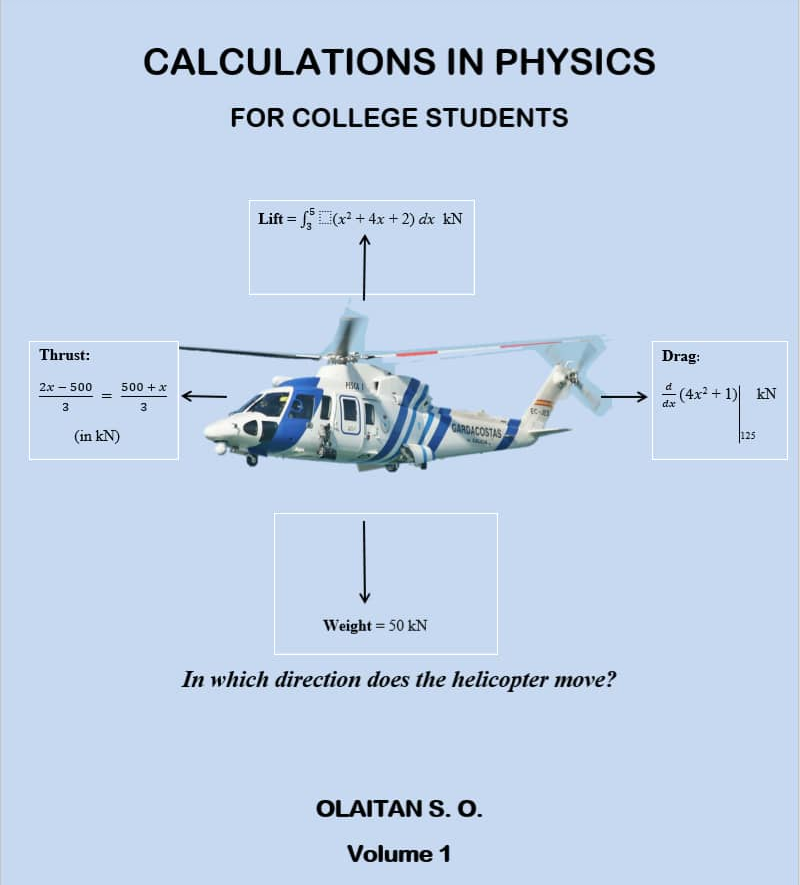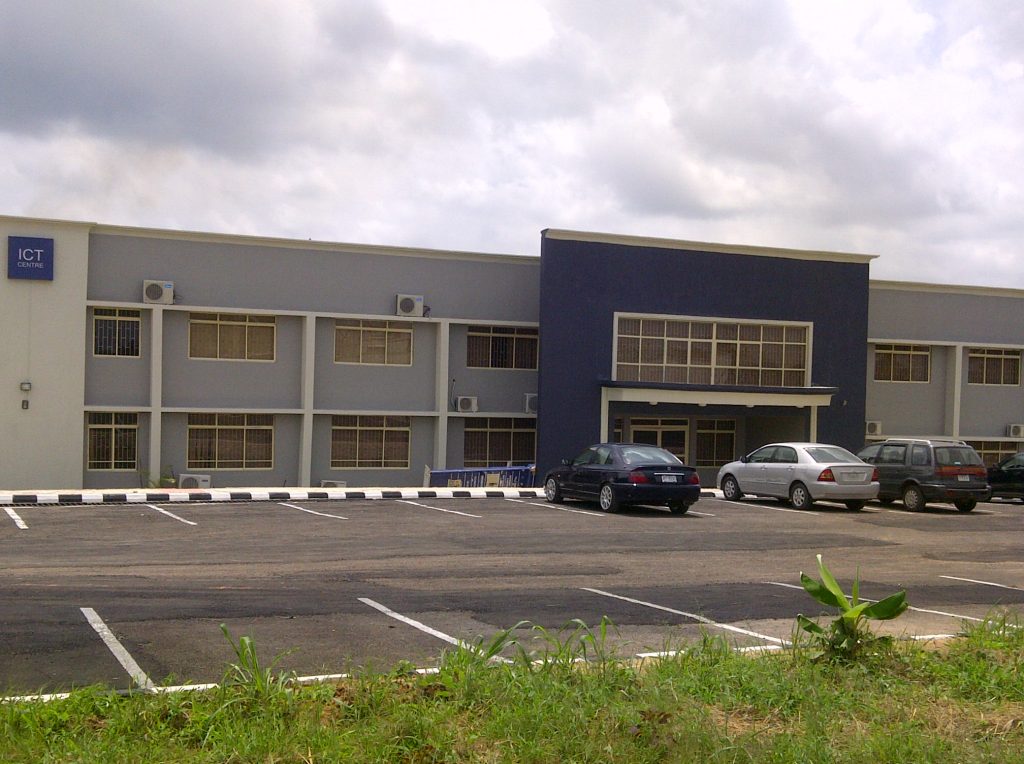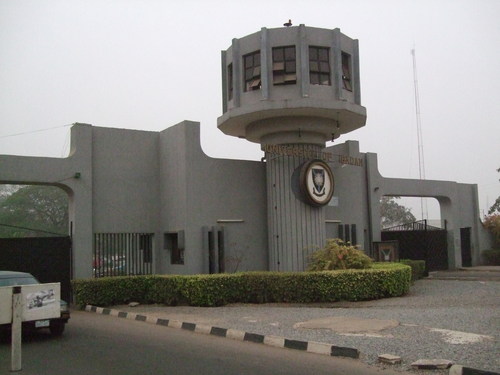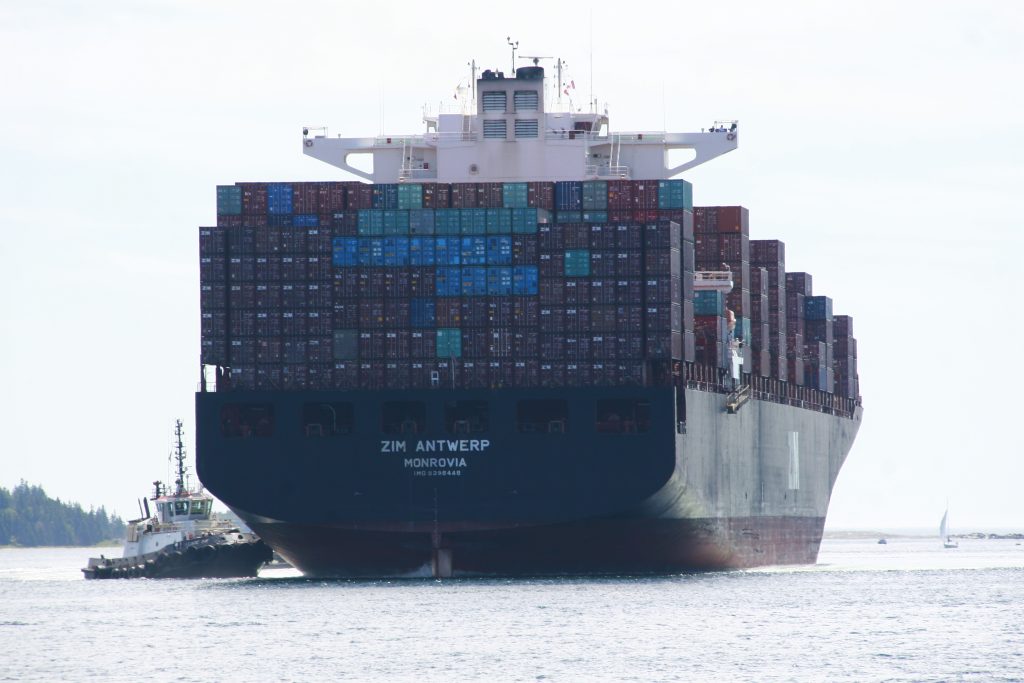
Have you ever wondered why ships especially the massive ones float on the sea? Ships are made of steel. When a piece of steel is placed on water, it would sink. Density of water is 1000 kg/m3. Density of steel is around 8000 kg/m3. However, a ship as massive as 46,000 tonnes floats and sails on the sea. What is the technology behind this?
The density of seawater ranges from about 1020 kgm3 to1029 kg/m3 depending on the temperature and the salinity. For any object to float on the sea, the density of the object should be less than the density of the sea. For any ship we see floating on the sea, its overall density is less than the density of the sea. Density is the major factor that makes ships float on water.
Imagine a ship with a mass of 46,000,000 kg and a volume of 80,000 m3. Density of an object = mass/volume. So, the density of the ship = 46,000,000/80,000 = 575 kg/m3. This density value is far less than the density of sea water which is a little above 1000 kg/m3. This means that this ship would always float on the sea, all others things being equal. This is the simple reason why ships float on the sea despite their massive weights.
If the ship in the calculation above carries 1000 containers of goods, each container weighing 20,000 kg, the total mass of the containers would be 20,000 x 1000 = 20,000,000 kg. The new total mass of the ship with the containers would be 46,000,000 + 20,000,000 = 66,000,000 kg. Assuming the volume of the ship remains the same (though the volume increases), the density of the loaded ship now would be = 66,000,000/80,000 = 825 kg/m3. This new density of the ship is still less than the density of the seawater. This means that the loaded ship would also always float on the sea, all other things being equal.
The ship engineers would have determined and indicated in a ship’s manual the maximum weight the ship can carry that would still keep the density of the ship below the density of water.
The gravity/weight of a ship tends to make the ship sink. Buoyancy/upthrust tends to keep a ship float. In the design of a ship, the engineers take into consideration buoyancy. The more the size of the hollow space in a ship, the more the buoyancy of the ship.
The shape and the centre of gravity of a ship play important roles in the stability of the ship. For the stability of a ship, its centre of gravity should be closer to its base and its base should be wider.
Another very important component that prevents a ship from sinking even if the hull of the ship is damaged is watertight compartment. The hull of a ship has many watertight compartments. The Titanic ship for instance has 16 watertight compartments. An aircraft carrier has hundreds of watertight compartments.
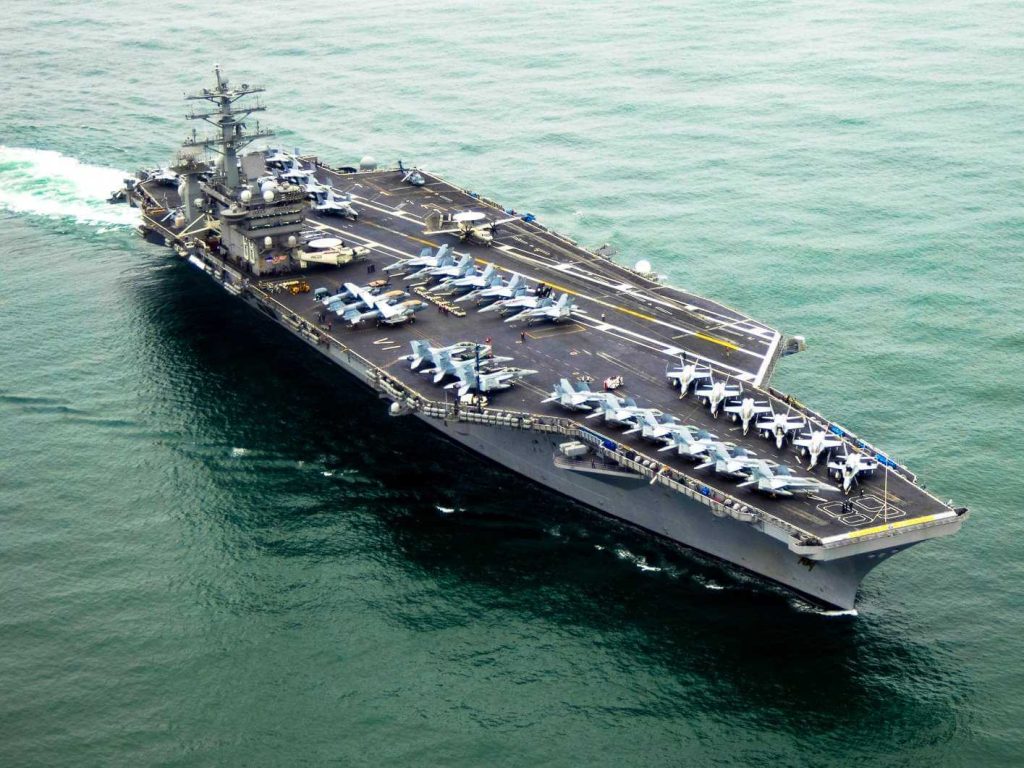
If the hull of a ship is punctured below the waterline perhaps due to collision with an iceberg, and a watertight compartment is damaged, the entire ship would not be flooded. Water will only get into the damaged watertight compartment. With this, the ship would still stay afloat.
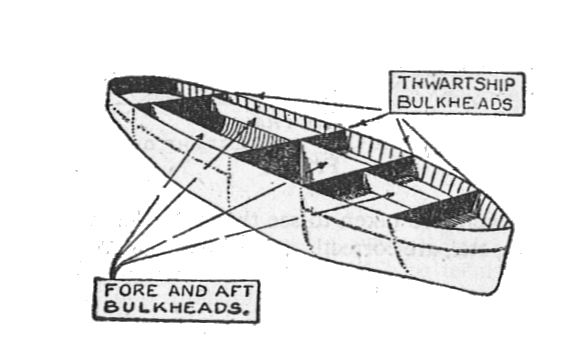
Titanic ship, for instance, was reportedly designed to stay afloat even if 4 of its 16 watertight compartments were breached. Unfortunately, when the ship struck the massive iceberg sideways, at least 5 of its watertight compartments were damaged and flooded with water. Even with that, it took Titanic close to 3 hours to sink. The assembly of watertight compartments in the hulls of ships is one of the technological secrets behind the buoyancy and infallibilty of ships on the sea.
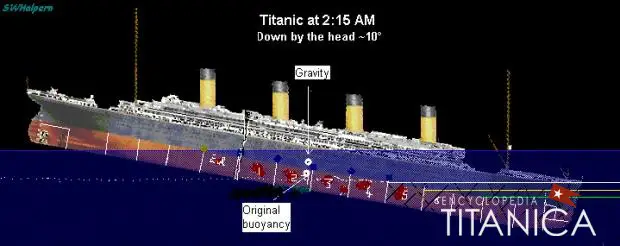
For the stability of a ship on the sea, the shape of the ship, its centre of gravity and the distribution of its weight play the key role. In Physics, if the centre of gravity of a body is close to the base of the body, the body would be more stable. Also, if the base of a body is wide, the body would be more stable. So, the ship engineers take these factors into consideration in the design of a ship, for stability of the ship on the sea.
It should be noted that a floating ship displaces water that is as massive as its own weight. (Archimedes)
Titanic – Iceberg collision scene
Titanic – Snap scene
Titanic – Sink scene
Photo Credits: blog.halifaxshippingnews.ca, en.wikipedia.org, www.encyclopedia-titanica.org, wonderfulengineering.com
Video Credits: kinobscura, PIANO96K, TheOne Doige, der450
.









